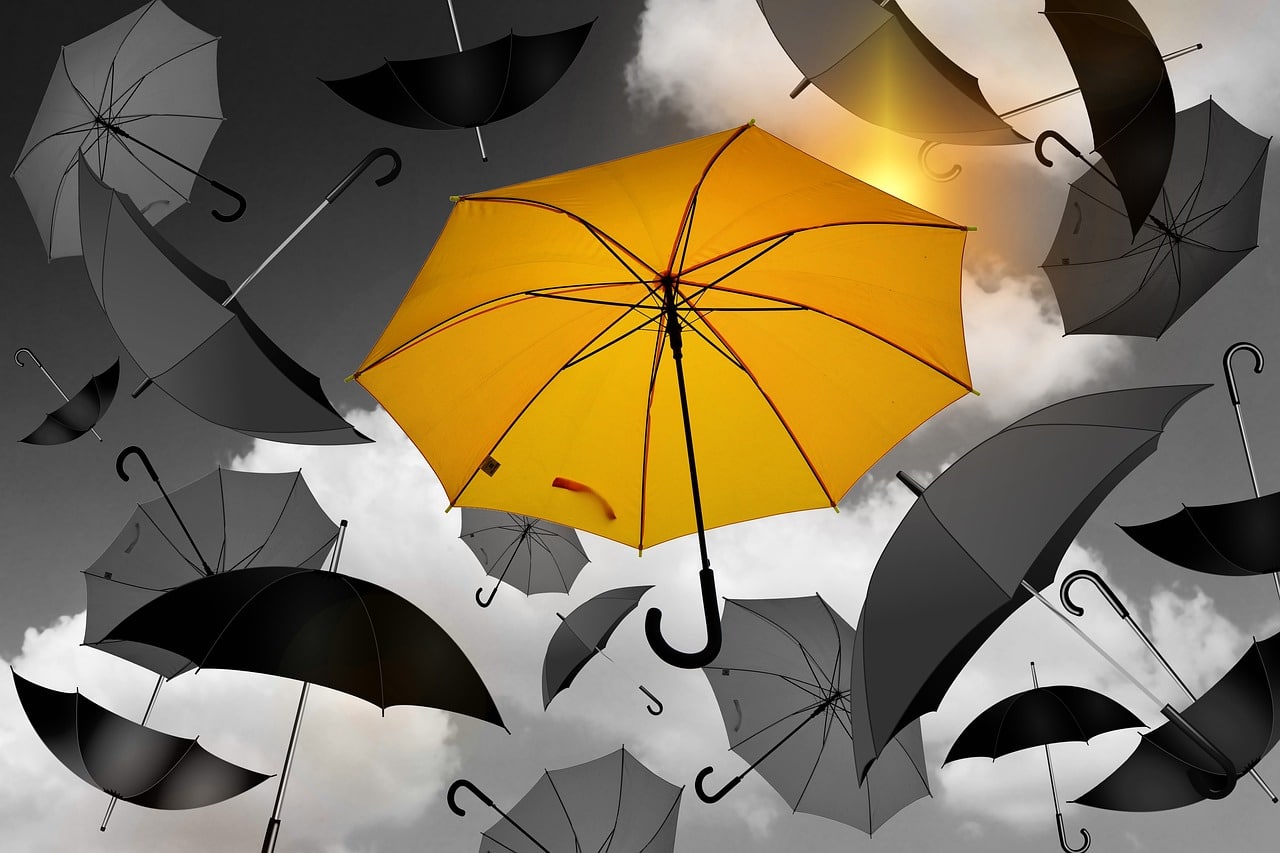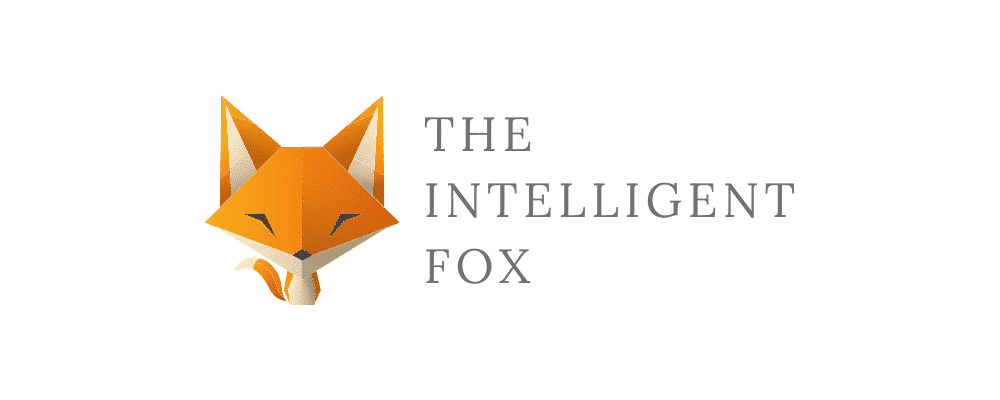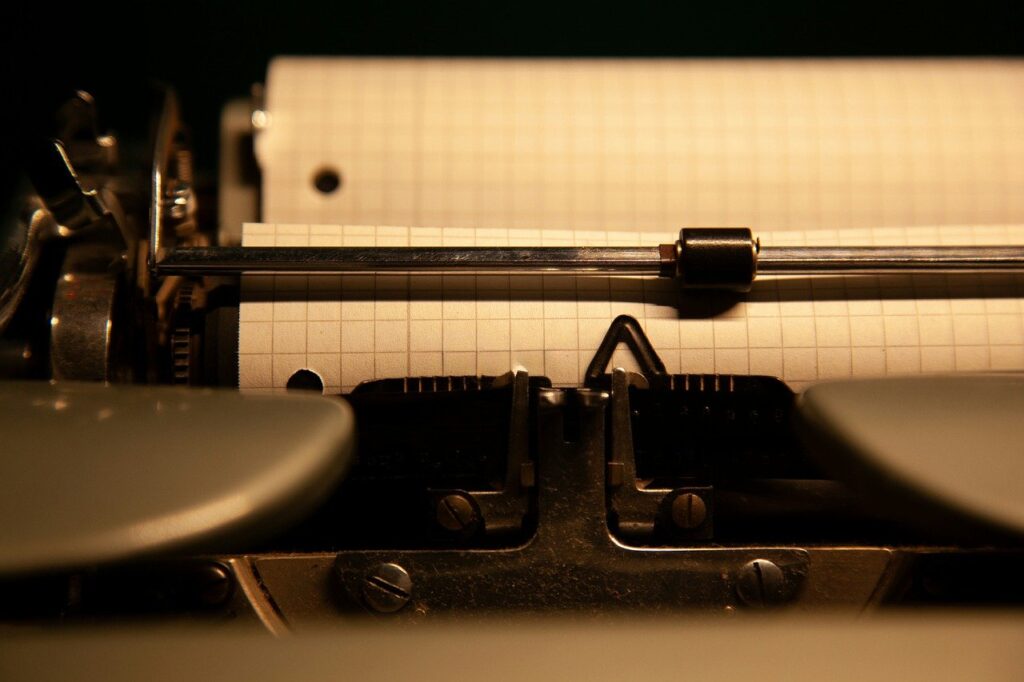
Have you ever seen a photorealistic portrait of a cat riding a skateboard through a neon cityscape? Or maybe you’ve scrolled through social media and stumbled upon a mind-bending landscape that looks like something straight out of a dream? These could very well be AI-generated images, taking the internet by storm!
But are these computer-created visuals truly unique? Let’s dive into the fascinating world of AI art and explore what makes these images special.
AI image generators create novel visuals by analyzing large datasets of existing images and remixing their visual elements in new ways based on text prompts. So while the final AI-generated images are unique combinations that have not existed before, they are composed of visual patterns “learned” from prior image data rather than created entirely from scratch. Whether these AI remixes are considered truly original artistic works is a topic of ongoing debate.
What is an AI Image?
Imagine a super-powered artist who can take any idea you describe and turn it into a visual masterpiece in seconds. That’s essentially what an AI image generator is! These tools use artificial intelligence (AI), a type of computer program that can learn and create, to generate images based on your descriptions.
Here’s how AI image generation works:
- Training on a Massive Dataset: AI image generators are trained on enormous datasets of images and text. This data includes everything from photographs and paintings to illustrations and digital art. By analyzing these images, AI learns to recognize patterns, styles, and relationships between visual elements.
- Understanding Your Prompt: When you use an AI image generator, you provide a textual description, or “prompt,” of what you want the image to look like. This prompt can be as simple as “a cat riding a skateboard” or as detailed as “a majestic griffin soaring through a starry night sky, with glittering waterfalls cascading down mountains in the distance.” The more specific and creative your prompt is, the better the AI can understand your vision.
- Generating the Image: Once the AI understands your prompt, it uses its knowledge of the training data to create a new image that matches your description. It does this by piecing together different elements from its database in a way that aligns with your words.
So, Are AI Images Unique? Absolutely! Here’s Why:
AI images can be unique, and here’s why:
- Mashing Up Ideas in Unexpected Ways: AI has access to a vast and ever-growing library of visual information. It can combine these elements in surprising and creative ways that a human artist might not have considered. Imagine a prompt for “a portrait of a dog astronaut wearing a spacesuit made of flowers.” The AI can pull inspiration from dog photos, astronaut portraits, floral patterns, and even space imagery to create a truly unique and visually interesting image.
- Infinite Variations on a Theme: Have you ever tried to take the perfect photo? With AI, you can tweak your description and generate countless variations of the same image, each with subtle differences. Let’s say you want a robot chef cooking in a futuristic kitchen. You can create variations with different robot designs, kitchen layouts, and even the type of food being prepared. This allows you to explore multiple creative avenues and find the perfect image for your needs.
- Human Input Matters: The prompt you give the AI plays a big role in the final image’s uniqueness. The more specific and creative you are with your description, the more unique the outcome will be. Think of the prompt for “a landscape.” This is quite broad, and the AI might generate a generic mountain scene. However, if you refine it to “a bioluminescent landscape with glowing mushrooms and floating islands under a double moon,” the result will be much more unique and visually striking.
Hold On, There’s a Catch…
While AI can create stunning and unique visuals, it’s important to remember that it’s still machine learning from existing data. Here are some limitations to consider:
- Similar Styles Can Emerge: Sometimes, AI-generated images can have a similar feel because they’re trained on a specific dataset. For instance, if an AI is trained mainly on realistic photographs, the generated images might tend towards a photorealistic style, even for fantastical prompts.
- Missing the Spark of Human Emotion: AI art can be visually impressive but may lack the emotional depth or personal touch you find in human art. A human artist can imbue their work with emotions, experiences, and a unique perspective that’s difficult for AI to replicate at this stage.
The “Not Fully Original” Viewpoint
One view is that no, AI art is fundamentally derivative since it is constructed from a pre-existing image corpus or training dataset. While the final output might look incredibly unique, it doesn’t forge completely new visual elements from nothing. The AI recombines pieces of prior artwork, photography, and imagery in new combinations synthesized to match the text prompt.
So from this angle, you could argue that AI-generated images aren’t fully original artistic works since they are composites “remixed” from a database, rather than created entirely from the AI’s own imagination.
The “Source of Creativity” Argument
However, a counterargument is that human artists don’t always create from a blank slate either. We are all inspired and influenced by exposure to others’ artworks, designs, photography, and imagery over our lifetimes.
Any artist inevitably incorporates techniques, styles, use of color, creative elements, and other influences they have observed and learned from other artists and sources when producing new works. Derivative creativity built upon inspiration from past works is how most art gets created.
From this viewpoint, the AI’s training dataset could be seen as simply a broader base of “inspiration” than a person could experience in their lifetime. The AI model itself is still recombining that visual knowledge in new, creative, and unique ways driven by the distinct text prompts given by users.
The “Importance of Vision Over Technique” Perspective
Additionally, some scholars and critics argue that the concept, vision, and creativity behind a piece ultimately matter more than the technical skills, processes, or tools used to produce it.
Does it matter if an AI-generated image evokes emotions, sparks curiosity, and ignites the imagination with a unique and creative idea, regardless of the unconventional method used to create it?
The process is secondary to the artistic impact and expression in this view. From paintings and sculptures to digital art, new art forms and techniques have always been scrutinized and debated when first emerging into the mainstream.
So from this angle, AI imaging could be seen as the next evolution in artistic mediums to eventually become an accepted creative tool, regardless of it not meeting some gatekept definition of originality.
AI Images: A Powerful Tool for Artists and Creators
Think of AI image generators as creative partners, not replacements for human artists. They can help you in several ways:
- Visualizing Ideas: Having trouble picturing a scene for your book or a concept for a design project? AI image generators can help you visualize your ideas and get a starting point for your creative process.
- Brainstorming Concepts: Struggling to come up with new ideas? Use AI to generate unexpected and visually interesting images that can spark your creativity and help you
- explore new directions for your project.
- Creating Unique Design Elements: Need a one-of-a-kind background image for your website or a special effect for your video game? AI can generate unique and eye-catching visuals that can elevate your design projects.
The Future of AI Images
The field of AI image generation is constantly evolving. As AI technology develops, we can expect to see even more impressive and unique visuals being created. Here are some exciting possibilities for the future:
- Fine-Tuning Creative Control: Imagine being able to provide the AI with specific artistic styles or emotional tones you want the image to evoke. This would allow for even more nuanced and personalized creative outputs.
- Integration with Design Tools: AI image generation could seamlessly integrate with design software, allowing artists and designers to create and refine images directly within their workflow.
- AI-Assisted Art Creation: AI could become a collaborative partner for artists, helping them generate ideas, create base images, and even handle repetitive tasks, freeing them to focus on the more creative aspects of their work.
Conclusion
AI images blur the lines between human creativity and machine learning. They offer a unique way to generate art, and with constant advancements, the possibilities are endless.
There are valid points on multiple sides of this debate around the originality and artistic merits of AI-generated imagery. Like many long-standing topics in art philosophy, there may be no definitive answer that satisfies all perspectives.
So next time you see an otherworldly image online, there’s a chance it might be the work of AI – a unique art form in the making! Whether you’re an artist, designer, or simply someone who appreciates creativity, AI image generation is a powerful tool to explore and experiment with.


